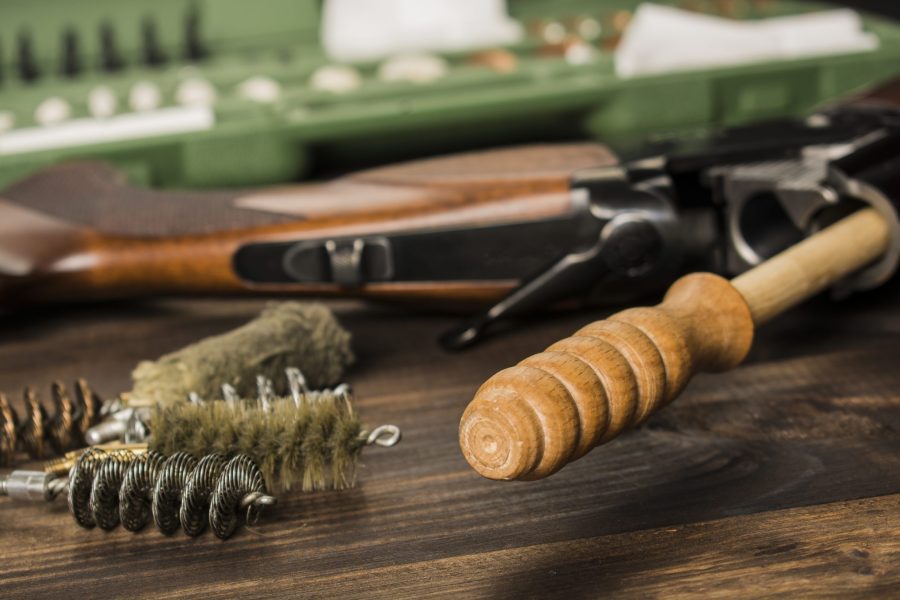Firearms are a powerful piece of equipment but delicate. Like any other machine, they undergo many processes when used, thus needing restoration. A firearm requires regular maintenance for optimal performance and durability. One of the primary routine maintenance practices is cleaning. The cleaning process requires maximum attention to avoid errors that may later cause unprecedented accidents. Read on to master how to properly clean a firearm.
Pre-Cleaning Preparations
Gather the Materials
These usually come in the form of a cleaning kit containing everything you may need for the process. A cleaning kit includes a cleaning rod, cleaning solvent, lubricant or gun oil, bore brush, patches, and a patch holder. You can order online at retailers like Solvent Traps Direct if your kit lacks some of them.
Unload Your Firearm to Ensure Safety
You might have removed the magazine, but you don’t want to give any chances for error. Remember, one bullet can remain in the gun. Checking to ensure it’s empty boosts your safety.
Disassemble the Firearm
When disassembling, follow the manufacturer’s guide to avoid causing any damage resulting in accidents or malfunctioning. To avoid confusion or lose tiny crucial components of your weapon, strip it only into its main parts, then begin cleaning.
Cleaning the Firearm
The cleaning stage is the most critical of all the steps. Follow the following procedure to clean your gun.
Barrel Cleaning
The barrel is central to cleaning your firearm because it accumulates a lot of dirt whenever the firearm is in use. Soak the bore using a cotton patch soaked in a solvent. To achieve this, take the patch, fix it at the tip of the cleaning rod, and dip it into the solvent. Soaking the bore is necessary because it softens the dirt, making it ready for cleaning.
Next, clean out the barrel. Scrub the bore thoroughly using the bore brush. Dry it using dry cotton patches, and scrutinize it to ensure no dirt remains. After that, lubricate the barrel by applying a thin layer of gun conditioner. Use a piece of cloth instead of your fingers to avoid applying excess.
Action Cleaning
Clean the action using the solvent and gun brush and wipe it dry with a piece of cloth. Apply light oil on the moving parts to prevent rusting and friction. Too thick oil is inadvisable because it will trap materials, compromising the performance.
Final Steps
Use a piece of dry cloth to wipe all the other parts of your firearm, and then reassemble it carefully. For safety, take a close look to ensure you’ve assembled everything back to its correct position. You can now load and test your gun before storing it in a cool, dry place.

